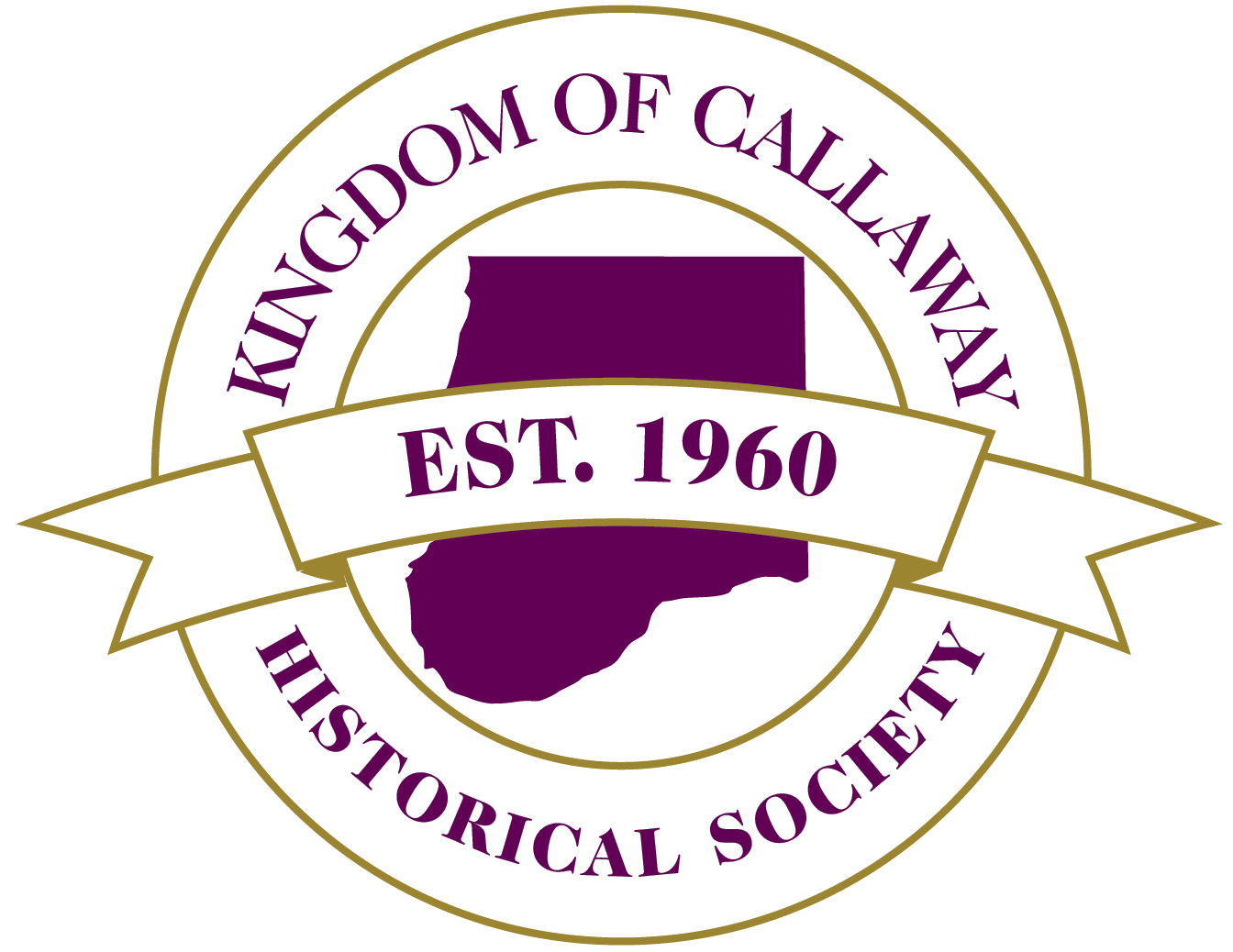Named for its role as a port city in its early years, Portland, Missouri has all the charm of a small town — plus the history to back it up.
Location
Portland is nestled between bluffs along the Missouri River in eastern Callaway County. It is an unincorporated community that is part of the Jefferson City, Missouri Metropolitan Statistical Area. It is around 20 miles northeast of Jefferson City located on Missouri Highway 94. The USGS coordinates are Latitude 38° 71’ 89” N Longitude 91° 71’ 22” W. The Atlas shows it in Twn 46N Rng 7W Sec 33.
Settlement
Portland was laid out in September 1831. Before, the area was populated by Native Americans, as evidenced by artifacts and bones found in burial mounds built along the river bluffs and in a cave near Portland, as well as fur trappers. About 1834 a colony of Germans settled in the southeastern part of the county. In 1837-38 a larger immigration occurred, and the bluffs and hillsides began to be dotted with vineyards.
Growth
As transportation evolved, Portland boomed and became known as one of the most important towns in Callaway County. The emergence of riverboats and the creation of the Missouri-Kansas-Texas Railroad invited merchants from all over the county to conduct business. Many homes in the county — some of which are still standing — were built from materials retrieved from the boats and trains in Portland.
Economy
By 1900, Portland teemed with businesses. There were two general merchandise stores, Callicott General Merchandise and Brashears General Merchandise; Knox Hardware Store; a lumber yard and flour mill owned by R.S. Wilson; the Gibson Grainery; Ries Jewelry Store; two hotels; a restaurant; a drug store; a box factory; and a bank known as the Bank of Portland.
Infrastructure
The first church in Portland was the Methodist church. Around 1908, the Episcopal church, which was one of the first of its kind west of the Mississippi River, was built. The Baptist church was constructed around 1920. The Episcopal and Baptist churches are still in use.
Portland had two doctors, Dr. Gilman and Dr. A.D. Bridges, who were both on the Callaway Memorial Hospital’s first board of directors. Residents said the doctors would hitch up their horses and buggies and treat someone regardless of the time or place, usually receiving payment in the form of whatever produce the patient could contribute.
Education
After the Episcopal church was built, the St. Mark’s Episcopal School for Boys was founded, which overlooked the river. The school was eventually disbanded, and the building was repurposed as two separate homes that are still standing.
Records indicate a school was located in the Portland area as early as 1882. The one-room schoolhouse built around 1903 served the students until 1956, after which it was consolidated with South Callaway at Mokane. This building was repurposed as the Portland Community Building, which burned down in 2010; however, contributions from current and ex-residents helped build a new community center that is used today.
People
One of the oldest and largest families in the area was the Meyer-Holzhauser family. The Meyers and Holzhausers settled in Portland in the mid-1800s; there is a cemetery approximately 1 1/2 miles outside of town dedicated to them. The Holzhauser family ran one of Portland’s general stores and now owns the town’s tavern after a stint of different management. Several children and grandchildren of the Holzhauser brothers still live in Portland.
Today
Although Portland’s growth can be attributed to developments in transportation and technology, these factors ultimately led to the city’s decline. Because better roads and highway transportation were developed, the railroad eventually died out. The steamboats became powerful diesel-driven towboats. Portland was no longer needed as a place to pick up supplies, and it became a skeleton of what it once had been. However, it is still called home by residents who appreciate its placidity and natural beauty.
The Katy Trail, which runs through the town, attracts countless tourists cycling by. Portland Days, an event held the second weekend in June, brings local as well as former residents of Portland to celebrate its rich heritage. Above all, Portland remains a landmark on Highway 94 that invites and enchants passersby with homey cuisine, Missouri River views and history.
Compiled January 2021
For more information and resources contact the Research Center.
Portland, Missouri
Images of Portland, Missouri
Select any image to enlarge.








